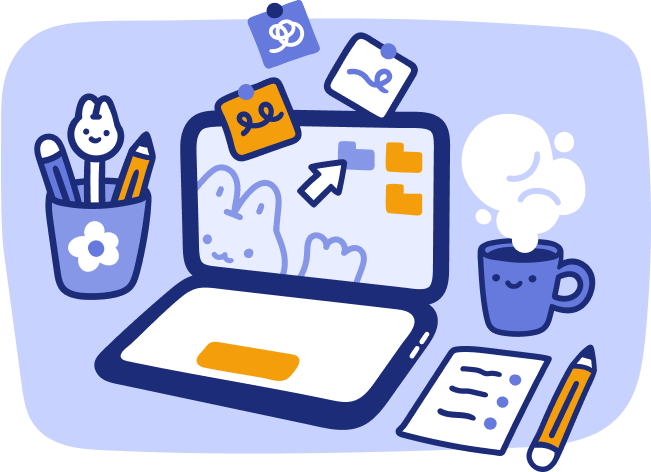Best Brains vs Kumon vs Brighterly: Which Is Better in 2025
reviewed by Jo-ann Caballes
Updated on October 27, 2025
Best Brains vs Kumon vs Brighterly are the three e-learning services commonly chosen by parents. But which one suits best in your case? As a teacher, I’m ready to share my impression on each one, along with the pros and cons you can expect.
Key Points
- Brighterly offers personalized schedules tailored to individual requirements. It highlights the role of gamified learning through real-life examples and practical usage.
- Best Brains conducts its classes in small groups while also maximizing tutor attention to each child’s needs. It is best suited for developing critical thinking.
- Kumon aims to develop solid studying habits through the use of repetitive worksheets. Its approach is drill-based and highly stresses individual work.
Exploring alternatives?
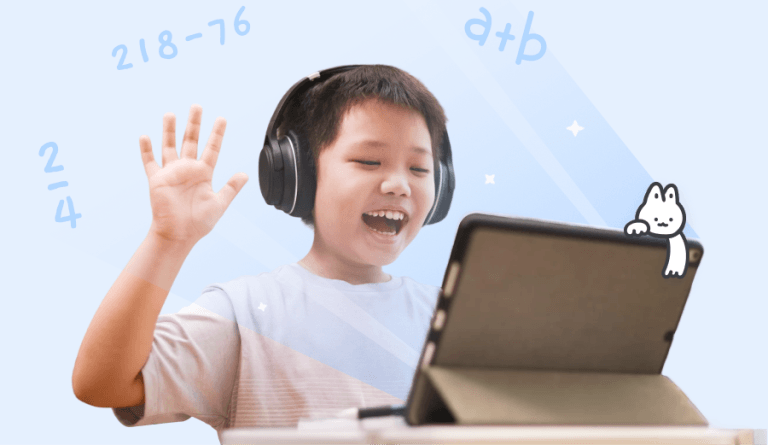
Best Brains vs Kumon vs Brighterly: Comparison
The main difference between Best Brains vs Kumon vs Brighterly is each platform’s focus. While Brighterly guarantees complete guidance from an experienced tutor during 1:1 lessons, Best Brains retains the human element in small-group classes, and Kumon prioritizes independent learning.
Best Brains vs Kumon vs Brighterly cost
When comparing the costs of Best Brains vs Kumon vs Brighterly, the latter stands out for its affordable price, which starts at $17.3/lesson (in packages with 3+ weekly lessons). No additional charges are imposed here, so you can budget beforehand.
Regarding the Best Brains cost, it’s also fixed, depending on the number of subjects you choose to study. The minimum pack consists of a single subject and will cost you $159/month.
Finally, Kumon is the most shady of the three in terms of pricing. It won’t feature the prices directly on its page. However, multiple Kumon reviews report that you shouldn’t expect to pay anything below $165 per month per subject.
Which is better, Kumon or Best Brains or Brighterly?
Brighterly |
Best Brains |
Kumon |
|
Aligning with Common Core |
✅ | ✅ | ✅ |
Learning methodology |
1:1 lessons with a tutor | Online & offline lessons conducted in small groups | Online & offline learning through using worksheets |
Subjects |
Math & reading | Math, English, coding, abacus, public speaking, creative writing, test preparations, etc. | Math & reading |
Personalized learning |
✅ | ✅ | ✅ |
Knowledge diagnostics |
✅ | ✅ | ✅ |
Progress tracking |
✅ | ✅ | ✅ |
Trial |
✅ | ❌ | ❌ |
Note: Kumon and Best Brains and Brighterly differ in the core level of personalization provided. Brighterly stands out as the only option to learn with a tutor. By contrast, Best Brains teaches in a classroom setting, and Kumon asks students to work more on their own.
What is Brighterly: Features, benefits, and pricing
Brighterly is a K-12 1:1 style learning resource, focused on teaching math and reading. Its curricula are built based on personal requirements and fully match the US Common Core standards. With the focus on gamification and interactivity, lessons here aim to foster understanding and long-term retention.
Why do parents prefer Brighterly over Best Brains or Kumon?
Parents choose the Brighterly math and reading platform over Best Brains or Kumon when they want their kid to be the center of the private tutoring process. This approach guarantees better concentration, more in-depth explanations, and tailored recommendations, which you won’t widely find on other platforms.
Brighterly features
- Carefully picked professional Brighterly math and reading tutors
- Flexible and adaptive learning format
- Free resources for convenient home learning
Carefully picked professional Brighterly math and reading tutors
As of September 2025, Brighterly has 200,000+ registered parents, and the number keeps constantly growing. The most complimented feature of the platform? Undeniably, it’s Brighterly tutors. Let’s discuss how the scrutinous hiring process allows this service to create the dream team of professionals.
Although every math tutor is highly encouraged to join the Brighterly team, only a few succeed. That’s because candidates must undergo stringent interviews to show their subject proficiency and in-depth interest in children’s psychology. All is done for a good reason — make the latter stand out in the Kumon vs Best Brains vs Brighterly opposition due to the following principles:
- Clarity over memorizing: Brighterly reading and math tutors prioritize effective communication while doing their best to explain the “Why” behind every “How.”
- Friendly environment: Brighterly tutors try to make friends with children. The purpose is to build an atmosphere where the youngsters can freely share their thoughts and fears.
- Customized learning: Brighterly’s math program or reading program is designed explicitly for specific needs, guaranteeing adaptability.
- All-in-one safe learning solution: Unlike other options in the Best Brains vs Kumon vs Brighterly, the last one can be used as a fully-fledged resource for enhancing academic performance. Whatever the purpose, your kid will surely satisfy their initial needs.
Flexible and adaptive learning format
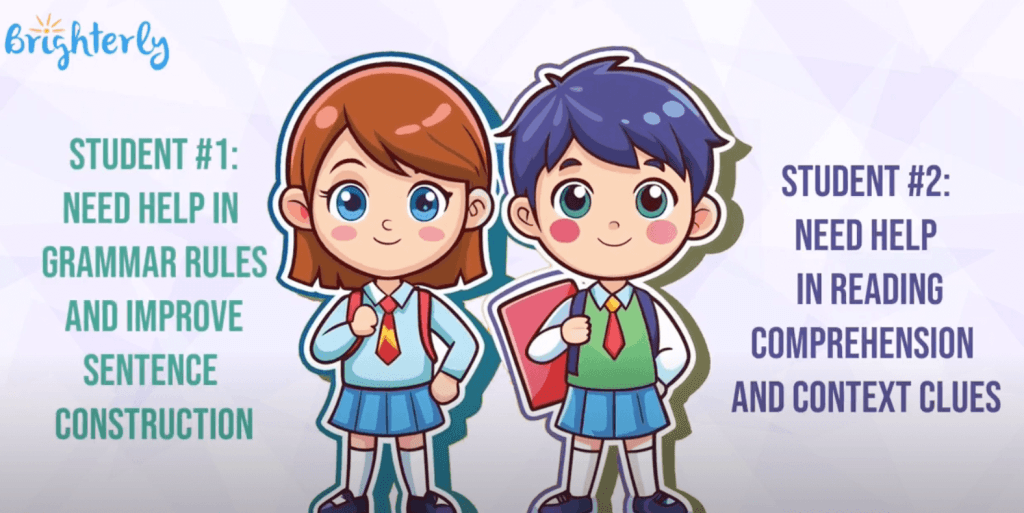
When discussing Brighterly, we talk about adaptable programs that meet the state-accepted standards. Let me explore this further.
- The 1:1 learning format creates a stress-free environment and guarantees that each kid can reveal themselves.
- The personalized approach is achieved through an extended initial knowledge & requirements diagnostics, and consistent curriculum adjustments based on your child’s performance, pace, and interests.
- Brighterly program aligns flawlessly with Common Core standards. It means you can use the platform to enhance your academic performance and prepare for exams.
Free resources for convenient home learning
Kumon or Best Brains or Brighterly — which is best in terms of free resources? Undoubtedly, Brighterly is the champion, with these options provided:
- Brighterly math worksheets and reading worksheets for kids are collections of colorful and fun tasks in a convenient printable format (like the ones in the above screenshot), ideal for home practice.
- Brighterly math and reading tests allow you to check how well your kid is doing according to the grade-specific requirements. Here’s how they look:
Brighterly reviews from parents: Key benefits
Brighterly reviews verify it’s a solid learning resource. Thus, the site’s score on Trustpilot is 4.5 — the highest result from the Kumon and Best brains and Brighterly trio. But more on the details.
Experienced Brighterly tutors
An undisputable #1 on the list of Brighterly benefits! As Sade Akins sincerely shares, “Brighterly teachers are the best. Their teaching is student-centered.” Another comment comes from Tena, “My daughter absolutely enjoys Brighterly. Her teacher is so nice, super knowledgeable, and helpful.”
Academic progress
Brighterly is a resource that can indeed help your kid grow academically. The comment from T Write gives some clues: “I am very excited that my daughter is understanding fractions much better. Her teacher showed her a much easier method of differentiating fractions that are larger than the other.”
Inclusivity
Brighterly can help your child succeed, even if they face a disability. For instance, Ligia Mejia mentions, “Our son has an intellectual disability, learning disability, and ADHD… despite all his challenges, the tutor still manages to keep his attention to help him learn.”
Brighterly cost per month
When comparing Best Brains vs Kumon vs Brighterly cost, the prices featured by the latter turn out to be the most flexible and adjustable. Here’s what to expect:
- $17.3/lesson with a yearly plan
- $19.4/lesson with a 6-month plan
- $20.2/lesson with a 3-month plan
- $20.7/lesson with a 1-month plan
Note that these prices will work for you if you book a package with 3+ lessons per week. Otherwise, please contact Brighterly for a personal estimation.
What is Best Brains best at?
Best Brains is the best in providing multi-subject, after-school help for kids ages 3 to 14. It’s known for non-trivial curricula, aimed to build understanding before memorization, and the ability to study in small groups, where teachers’ attention is equally distributed among all learners.
Best Brains features
Best for: those who want to practice in small groups with a specific focus on logical thinking.
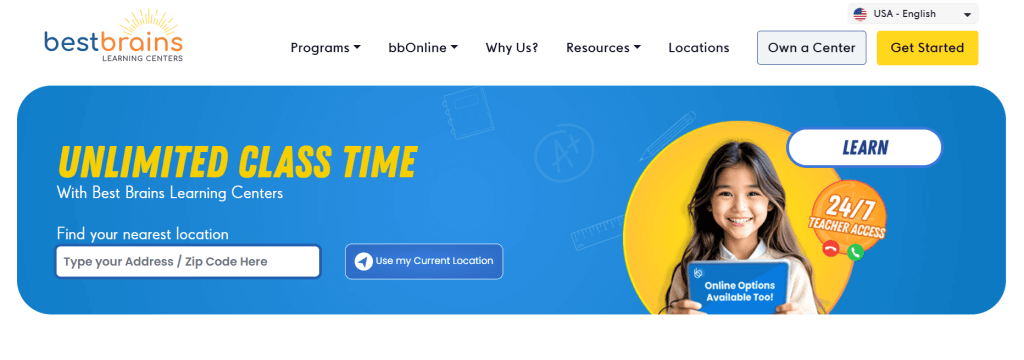
Is Best Brains better than Kumon or Brighterly? These are some of the notable features of the platform.
Small group setting
Learning sessions at Best Brains are held on a weekly basis and last for about 30 minutes for most subjects (except for Abacus, where the duration is about 1 hour). Lessons are usually held in small groups of up to 5 children. This way, Best Brains believes that the teacher can maximize their presence for all students.
While everything looks brilliant in theory, I decided to take a glimpse into the Best Brains reviews on Reddit and other platforms. What I found was a wave of criticism. Eventually, what does work for one learner can be destructive for another. Please take a look:
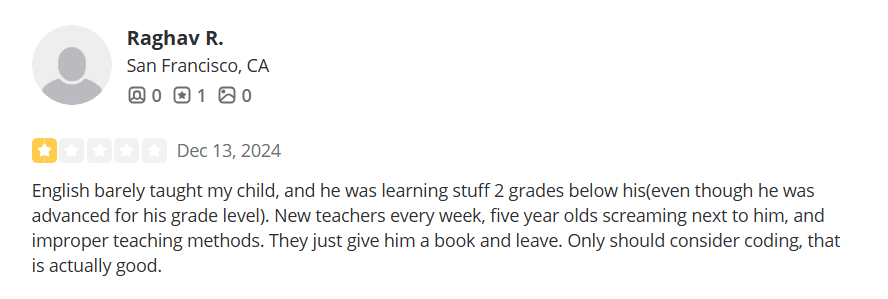
Weekly material introduction
Best Brains aims to build understanding, not just pure memorization. First, they introduce new theoretical concepts every week — predominantly through Best Brains worksheets. Then, learners have to practice those concepts at home (also through worksheets). Children are recommended to spend up to 15 minutes daily practicing each subject, thereby avoiding overburdening.
However, I should also pinpoint that worksheets (no matter how good they are) are always about drills. While they’re not essentially bad, you should understand that your child will repeat the same thing over and over again, instead of receiving interactive practice. Here’s a sample of how a Best Brains math worksheets PDF can look:
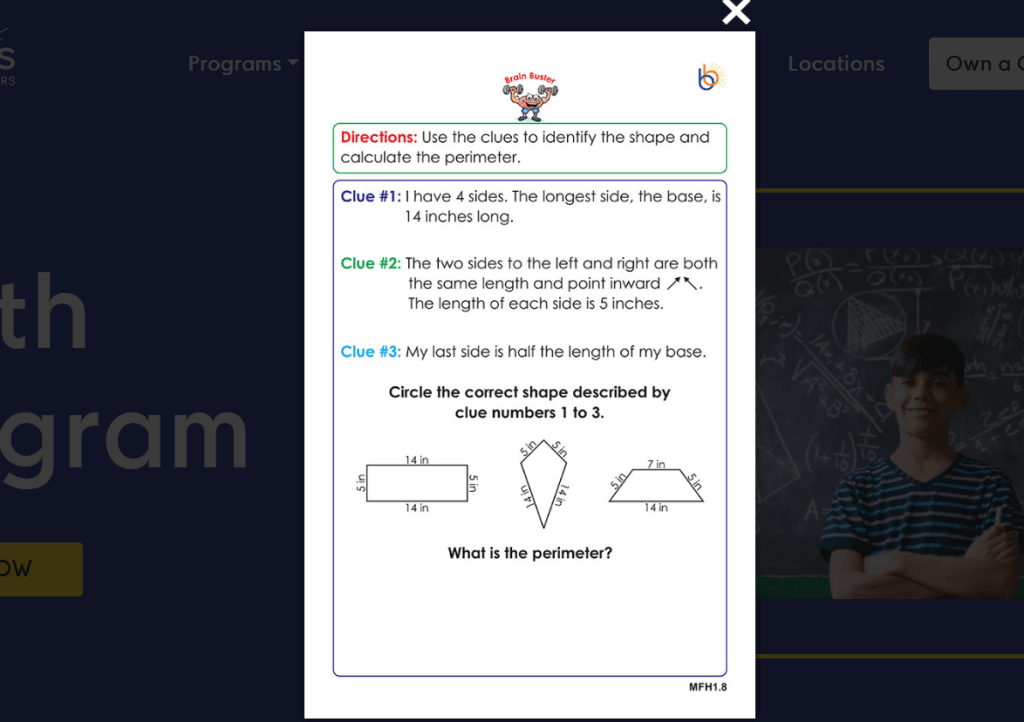
Focus on critical thinking
The main focus of Best Brains is on logic and criticism. Like Brighterly, it teaches kids to understand the “Why” behind the “How.” However, unlike the former, it jolts the fun gamified format for more analytical tasks.
Best Brains reviews: Pros & cons of the platform
Will the platform stand out when comparing Best Brains vs Kumon vs Brighterly reviews? Well, here are the highlights of its main pros and cons based on some trustworthy Best Brains Reddit and Yelp feedback.
Benefits of Best Brains |
Disadvantages of Best Brains |
| ✅ Achieving better academic performance, “My son did Best Brains for three years. It really helped him develop his math and English skills.” | ❌ Poor accessibility for offline studying, “Best Brains has been around less than 10 years and only has about 150 centers.” |
| ✅ Brilliant tutors, “Ms Farah runs a tight ship and in the one year of coming here — I have NEVER seen the teachers ever be in a grumpy mood or lose patience while teaching so many kids.” | ❌ Difficult registration process, “I’ve tried the website, filled out multiple requests for info forms, called and left voicemails, but still no callback.” |
| ✅ Help with psychological boundaries, “Our son is no longer afraid of going to school and has developed a cheerful disposition.” | ❌ Somewhat chaotic learning process, “English barely taught my child, and he was learning stuff 2 grades below his(even though he was advanced for his grade level).” |
So, is Best Brains good for kids? Ultimately, it comes down to personal preferences. However, one thing is clear: think carefully about the studying approach you prioritize, and if learning through repetition is your answer, then you’re good to go with this service.
How much does Best Brains cost?
Since the service entails multiple studying options in various subjects, the final Best Brains monthly fee you can grab depends on the number of disciplines you’re ready to practice here. These are the variants to consider:
- 1 subject per month: $159
- 2 subjects per month: $259
- 3 subjects per month: $299
- 4 subjects per month: $399
As for me, the 3-subject Best Brains cost per month is the most effective. Still, the final choice ultimately depends on your needs.
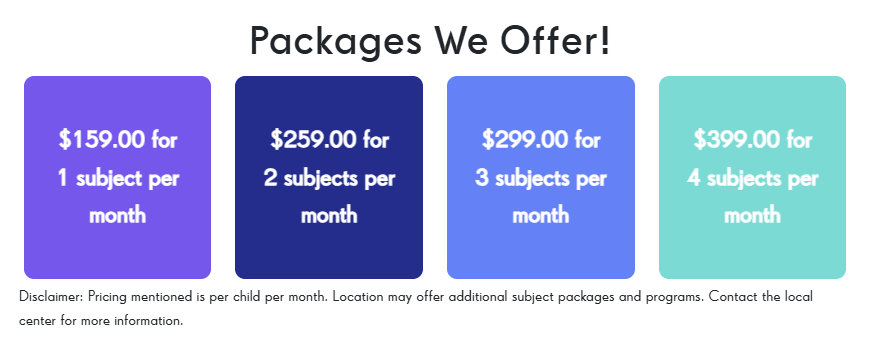
What’s Kumon best at?
Kumon is best at developing kids’ skills for independent learning and critical thinking. While strictly based on worksheets, it encourages students to work with them autonomously. A teacher is present in the learning environment, but their role primarily involves supporting students in times of need, not providing in-depth explanations.
Kumon benefits
Best for: independent students with enhanced problem-solving abilities.
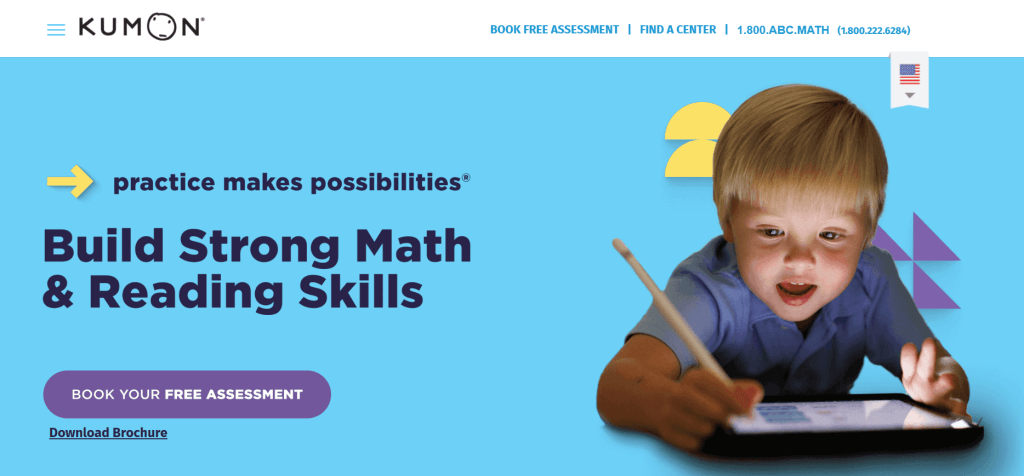
Unlike the two other platforms discussed in this review, Kumon puts much stress on individual learning and parent involvement in after-school studying. Still, it appeals to multiple learners worldwide, and here’s why.
Worksheet-based learning
The most accurate answer to “What does Kumon do?” is that it provides a series of rigid worksheets that are carefully picked for your kid, depending on their level and progress. The trick is that they should keep working with those worksheets independently. It indeed strengthens their ability to be more autonomous, result-oriented, and critical.
That said, I’d like to include a sample of a Kumon worksheet here:
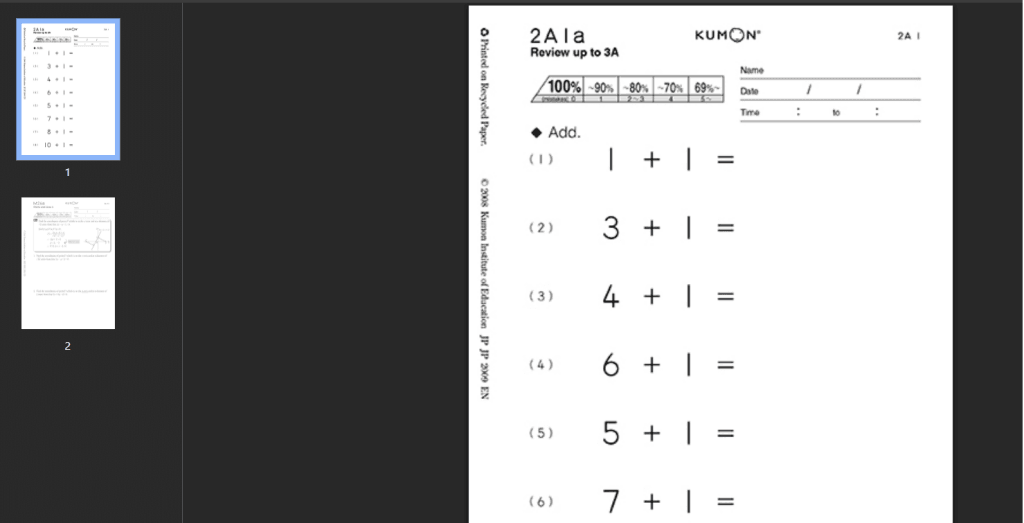
Teacher instructions
Despite its paramount focus on worksheet learning, Kumon includes instructors who closely monitor a child’s progress. In case of any inconsistencies or the need for clarification, they are always ready to step in and provide help.
However, you should clearly understand that the tutor element is more of a supplement here. Kumon explicitly states that its paramount focus is on autonomous learning, meant to develop both subject competence and learning discipline. Due to this approach, the e-service is often referred to as the most rigid of these three: Best Brains vs Kumon vs Brighterly.
Convenient learning format
Kumon offers flexible learning formats in online and offline settings across the US and beyond, which parents and learners complement.
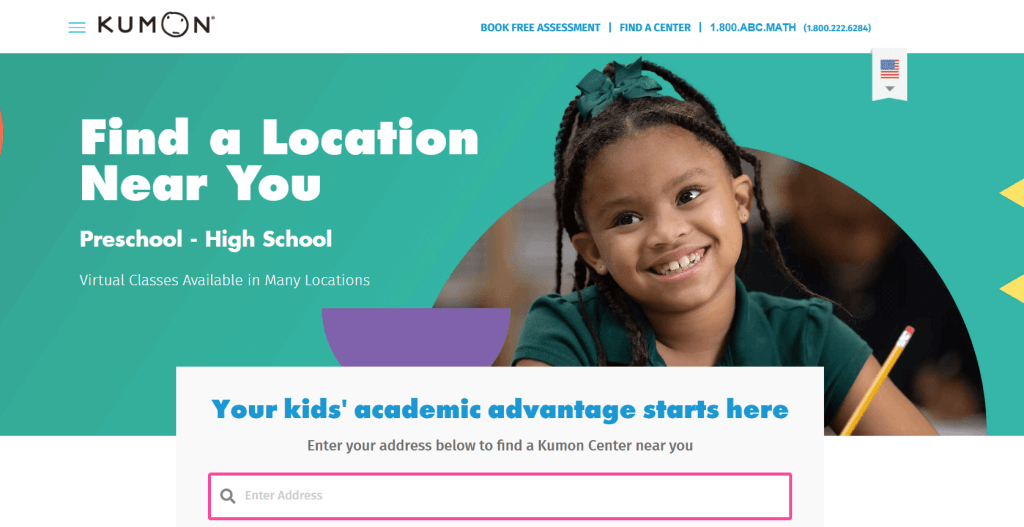
While convenient overall, the Kumon franchise system carries two unobvious pitfalls for you, the learner:
- The quality of tuition services may vary across locations, as centers hire their instructors independently.
- Learning fees can also fluctuate substantially. That’s why you won’t find any clear price estimates on the official Kumon website.
Reviews of Kumon from parents: Pros & cons
So, what are the pros and cons of Kumon? Here’s what parents have to say about it.
Is Kumon good? |
Is Kumon bad? |
| ✅ Excellent resource for extra learning, “I would highly recommend if your child needs that extra help — especially any time from infants upwards.” | ❌ Lack of personalization, “We found that the teachers didn’t have a personalized approach to children, very much get in get out.” |
| ✅ Real help progressing academically, “My daughter is learning so much at such a young age.” | ❌ Sometimes overburdening load, “I once did a pattern of math worksheets that I was comfortable with, and staff accused me of doing ONLY 1 math sheet.” |
| ✅ Excellent for exam preparation, “Studying at Kumon made a difference. She went into her exams in a much better place & scored better than she (or we!) expected her to.” | ❌ Focus on the result, not the process, “Putting too much pressure on kids to complete tasks in a set period of time.” |
While not bad overall, the Kumon approach is highly specific and rigorous. That’s why it’s commonly recommended for middle to high schoolers or those who already have strong studying habits.
How much is Kumon per session?
The final price for Kumon studying per session will be estimated individually for each case. Yet, it starts at about the same level as the Best Brains pricing. So, prepare to pay somewhere above $165 per month per subject. The limit? Well, none, when we talk about Kumon:
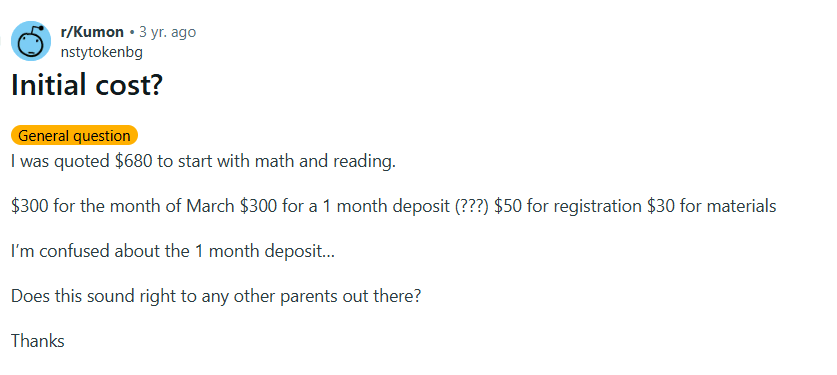
Relying on the above options, I’d also like to outline that the average Kumon prices per hour will fluctuate between $20 and $70.
On top of that, take note of the following hidden charges:
- $50 registration fee
- $30 charge for materials
These numbers represent the average, but your actual payment may vary depending on your location.
Best Brains vs Kumon vs Brighterly reviews
Without a doubt, choosing the best pick among the three will be easier if we do a little digging into Best Brains vs Kumon vs Brighterly review statements.
Let’s start with Brighterly. 4.5 Trustpilot score based on 409 feedback, 86% of positive reviews, and brilliant results — that’s what I managed to find.
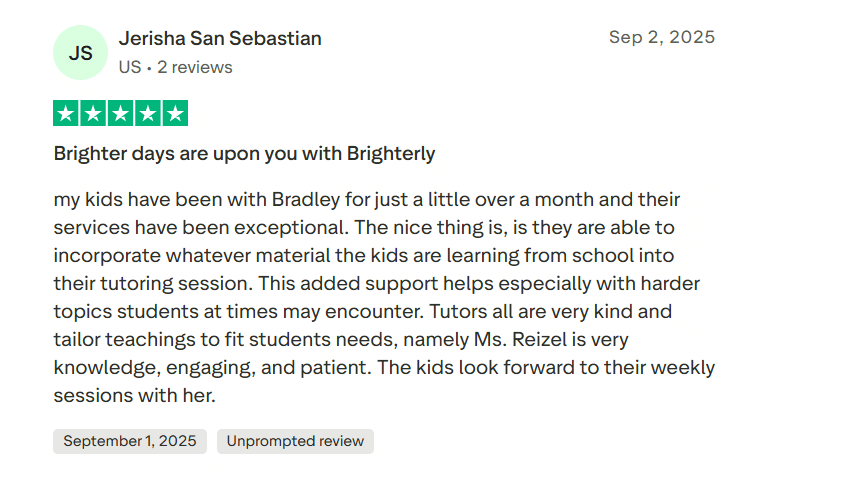
Of course, I also encountered some criticism, primarily related to the connection speed and the 45-minute lesson duration. But, hey, those are not the worst issues, right?
Next, let’s dig into the Best Brains review samples. While not extensively covered on Trustpilot, I could find some clues about it on Yelp. For example, the Yelp score of this platform is 3.4, which is somewhat average:

To be completely honest — it’s one of the least reviewed e-learning venues out there, even though it was founded 14 years ago. Is Best Brains worth it? Yes, in some cases, but don’t try to find substantial client feedback on them.
Things work differently when we move to our final competitor — Kumon. It boasts a 4.0 Trustpilot score and 58% of 5-star reviews, which isn’t too bad, taking into account its highly specific approach.
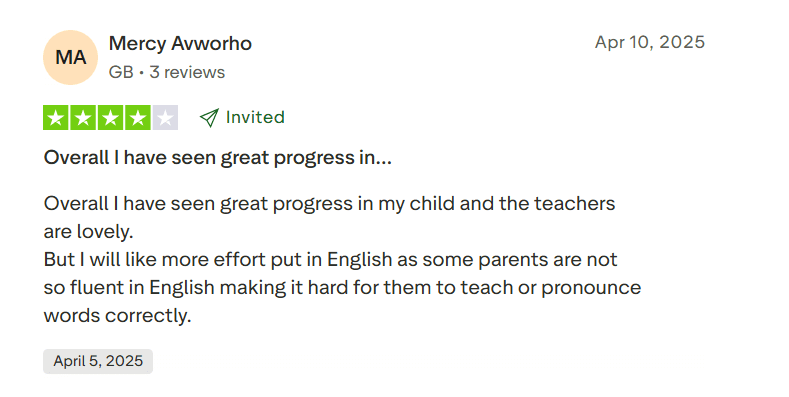
What I should say, though, is that 28% of users still put 1-star, criticizing Kumon’s hefty prices, lack of explanation, and self-learning scheme.
Conclusion: Which is better Kumon or Best Brains or Brighterly?
Now, you know about all the pros and cons of each of the three learning services. Yet, what should be your final choice? Let me draw the bottom line in this discussion to help you select between Kumon or Best Brains or Brighterly:
- If you’re looking for a resource focusing on logical thinking and analytics, opt for Best Brains or Kumon.
- If you want your kid to develop autonomous learning skills, Kumon or Best Brains are indisputable winners.
- Still, if you are looking for guided learning with detailed feedback and teacher oversight, Brighterly can become your perfect solution.
Still hesitant? Well, at Brighterly you can book free lesson and explore all of its benefits right away!
Other platforms comparison
Are you still searching for the best learning resource for your child? Below, I attach some of other reviews, which discuss platforms similar to Kumon, Best Brains, or Brighterly:

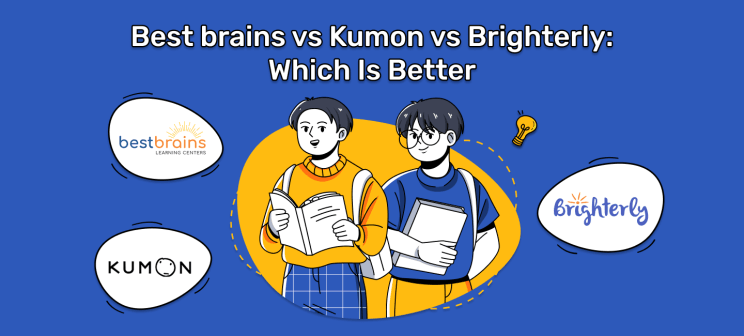
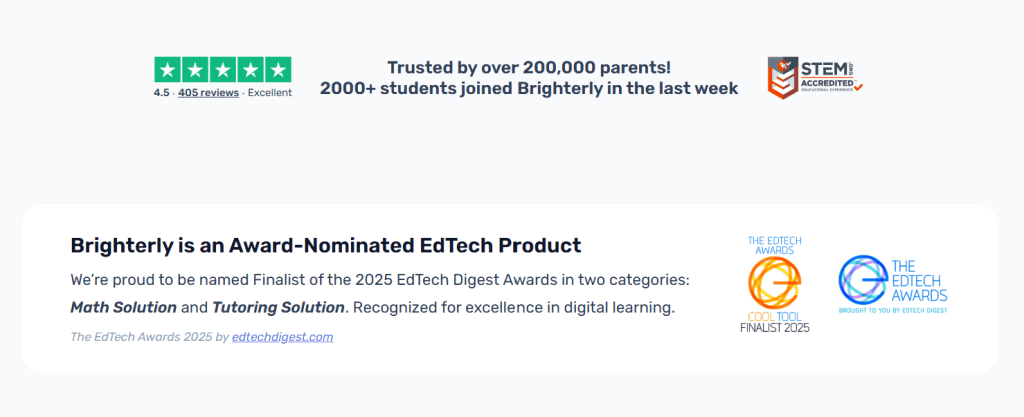
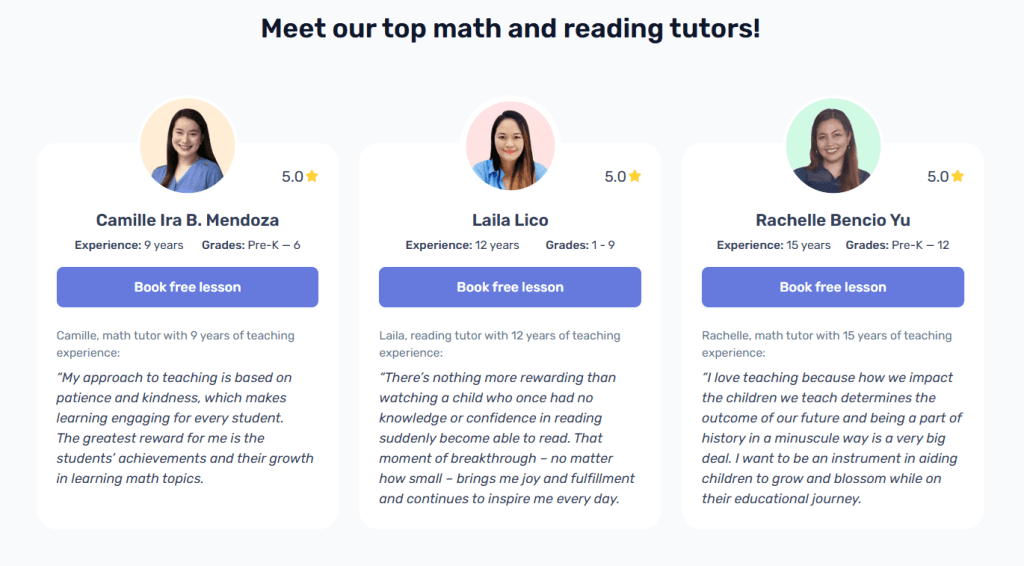
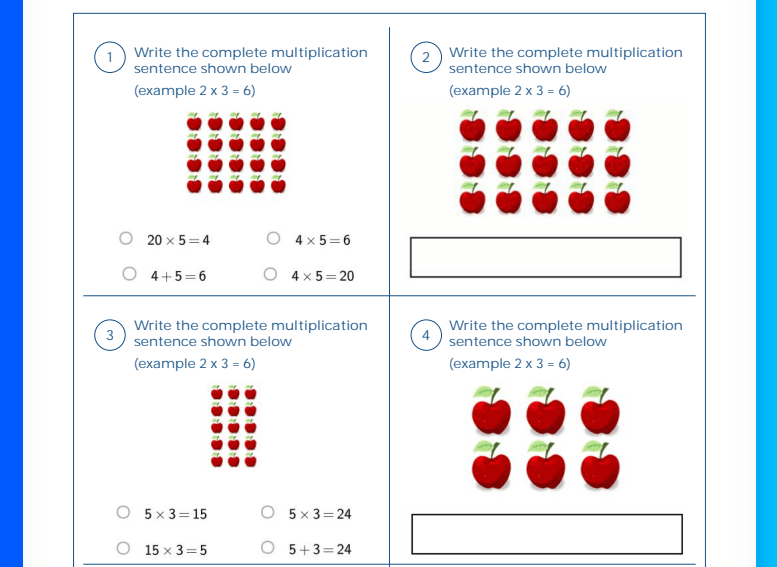
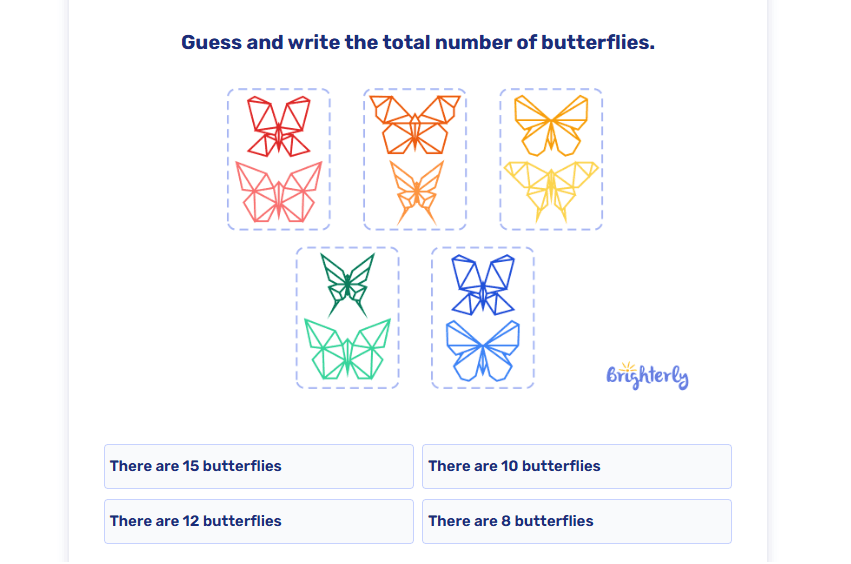


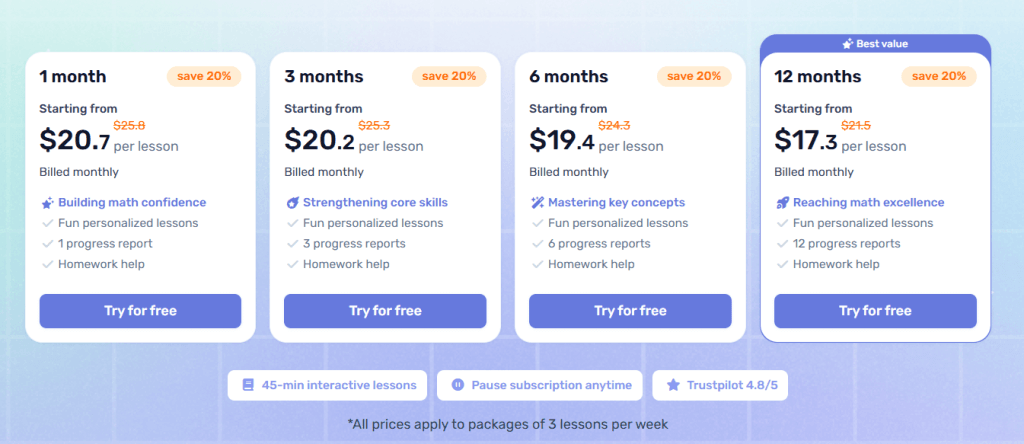
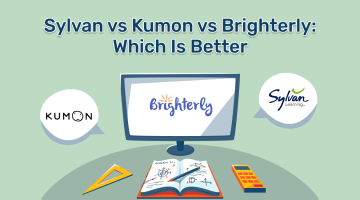

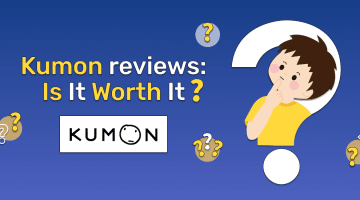
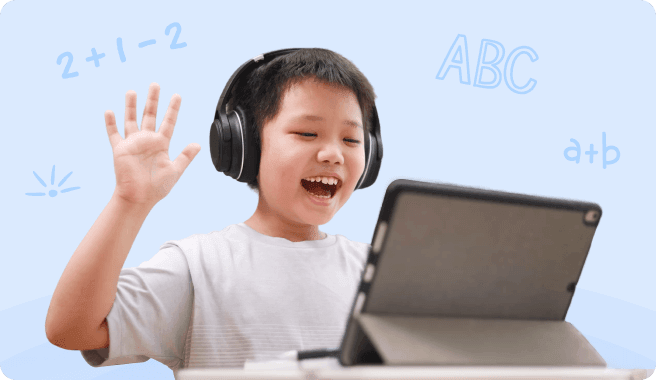
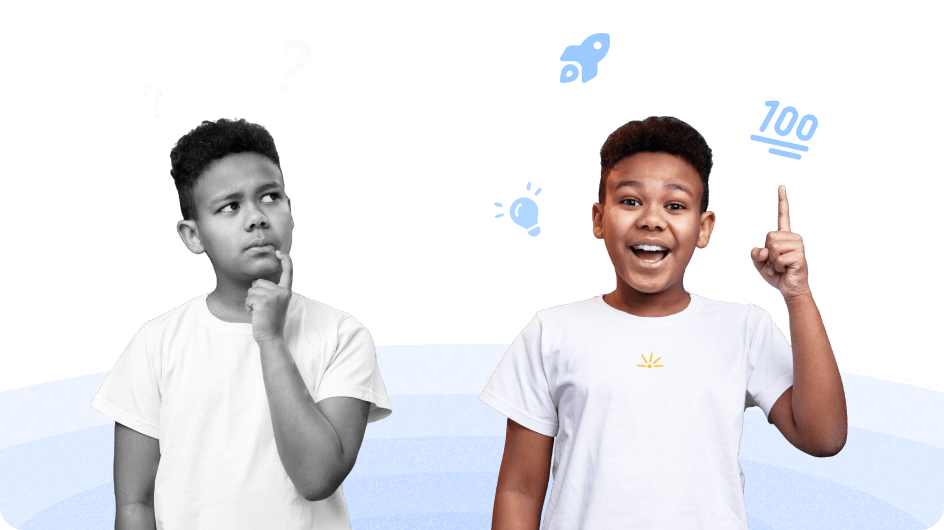



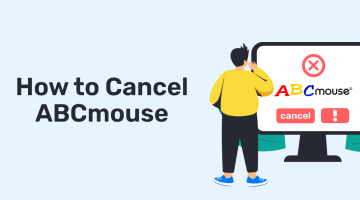

![Miacademy Cost: All You Need to Know [2025]](https://brighterly-stage.xyz/wp-content/uploads/2025/08/Miacademy-cost_-All-You-Need-to-Know-e1755633960579-360x200.png)

